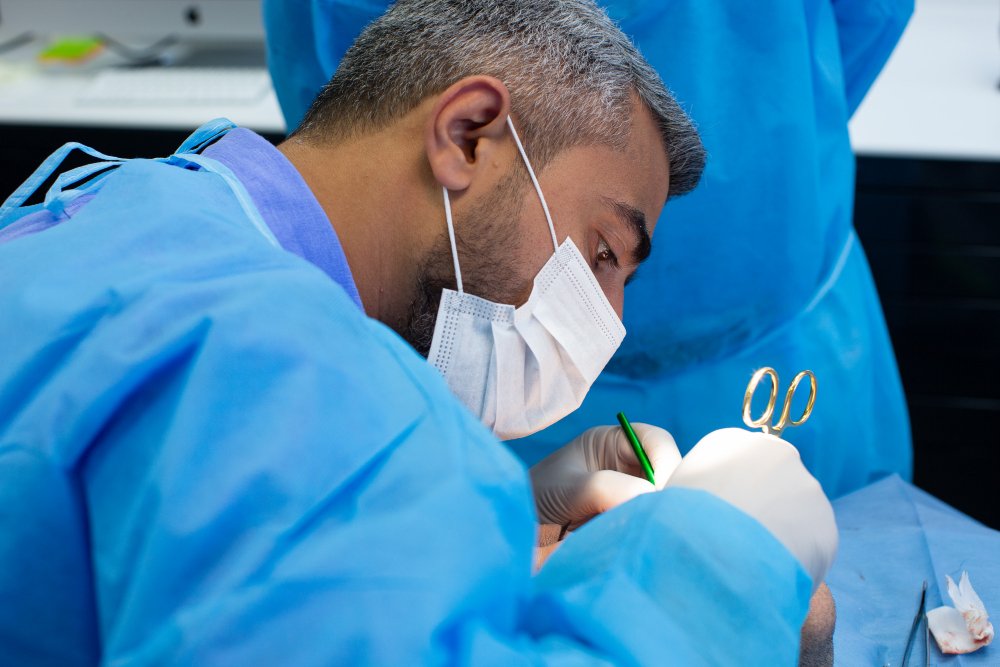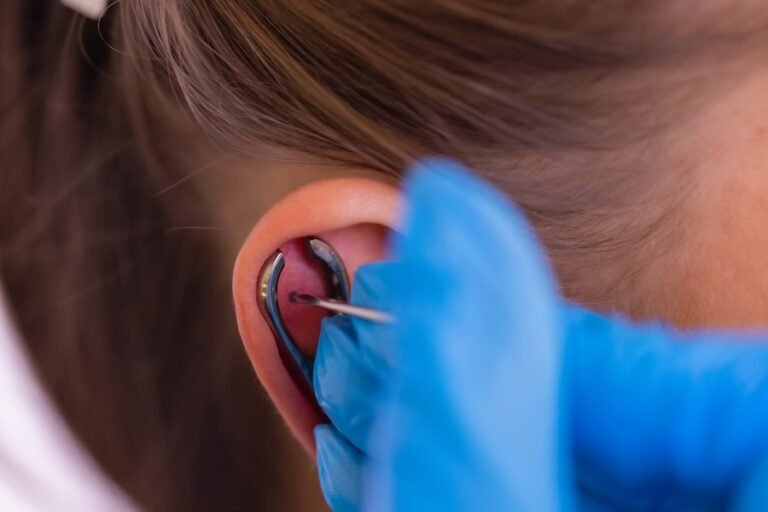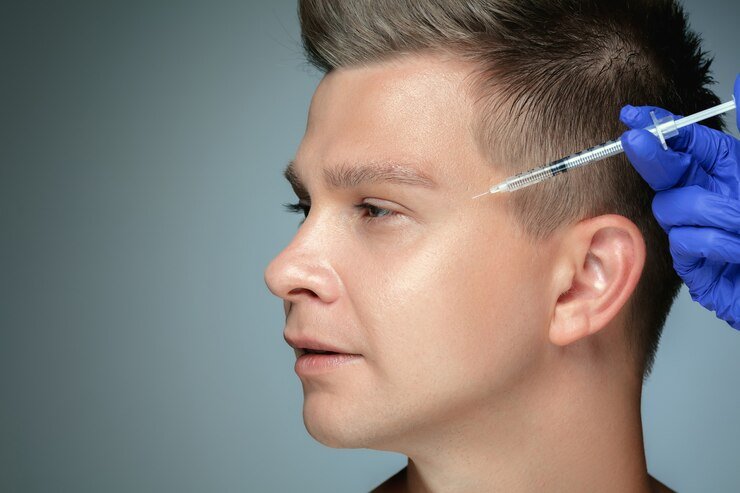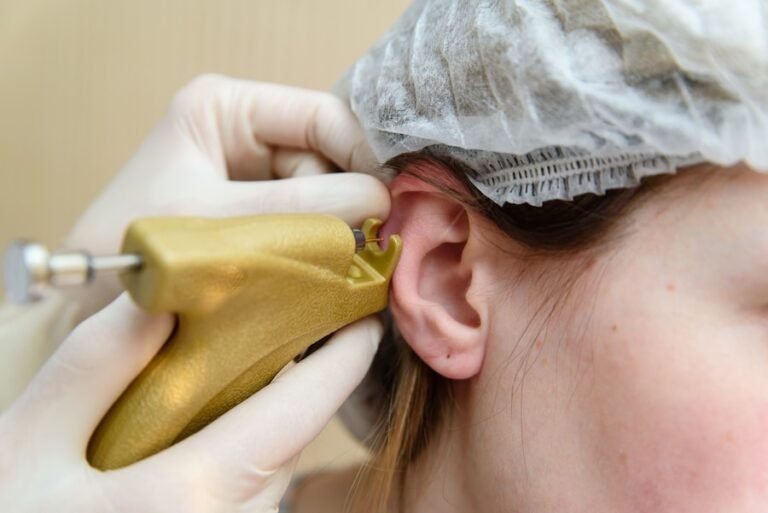Micro Ear Surgery: Revolutionizing Treatment for Ear Disorders.
The field of otology, the study of the ear and its disorders, has undergone a significant transformation in recent decades, thanks to advancements in technology and surgical techniques. One of the most notable developments in this field is micro ear surgery, a highly specialized form of surgery that utilizes advanced microscopes and delicate instruments to operate within the tiny confines of the ear canal and middle ear. This groundbreaking approach has revolutionized the treatment of various ear disorders, offering patients improved outcomes, reduced risks, and faster recovery times.
To Know More About It Please Click Here
Understanding Micro Ear Surgery:
Microear surgery involves the use of operating microscopes and miniature instruments to perform intricate procedures within the ear. These procedures are typically conducted through the ear canal or a small incision behind the ear, minimizing trauma to surrounding tissues and structures. The high magnification provided by the microscope allows surgeons to visualize the delicate anatomy of the ear in exceptional detail, enabling precise manipulation and repair of tissues.
Applications of Micro Ear Surgery:
Microear surgery is utilized in the treatment of a wide range of ear disorders, including:
- Chronic Otitis Media: This condition, characterized by inflammation and infection of the middle ear, often leads to the formation of a persistent hole in the eardrum (tympanic membrane perforation). Micro ear surgery can be employed to repair these perforations and restore the integrity of the eardrum.
- Otosclerosis: Otosclerosis is a condition that affects the bones of the middle ear, leading to hearing loss. Microear surgery, particularly stapedectomy, is a highly effective treatment for otosclerosis. During this procedure, the stapes bone, which has become fixed due to abnormal bone growth, is replaced with a prosthesis to restore hearing function.
- Cholesteatoma: Cholesteatoma is an abnormal growth of skin cells in the middle ear, often resulting from chronic ear infections. If left untreated, it can cause complications such as hearing loss and damage to surrounding structures. Micro-ear surgery is utilized to remove cholesteatomas and reconstruct the affected areas of the ear.
- Acoustic Neuroma: Acoustic neuroma, also known as vestibular schwannoma, is a benign tumor that develops on the vestibulocochlear nerve, which is responsible for hearing and balance. Micro ear surgery may be employed to remove these tumors while preserving the function of the facial nerve and hearing structures.
Benefits of Micro Ear Surgery:
The use of microscopes and specialized instruments in ear surgery offers several advantages, including:
- Precision: The high magnification and illumination provided by the microscope allow surgeons to perform procedures with unparalleled precision, minimizing damage to surrounding tissues and structures.
- Minimal Trauma: Micro ear surgery typically involves smaller incisions and less manipulation of tissues compared to traditional open procedures, resulting in reduced postoperative pain, scarring, and recovery times.
- Improved Outcomes: By enabling precise visualization and manipulation of the ear anatomy, micro-ear surgery often leads to better surgical outcomes, including improved hearing preservation and reduced rates of complications.
- Expanded Treatment Options: Micro ear surgery has expanded the range of treatable conditions and has made previously complex procedures more accessible to patients.
Challenges and Considerations:
While micro-ear surgery offers numerous benefits, it also presents unique challenges and considerations. These may include:
- Technical Expertise: Performing micro ear surgery requires specialized training and expertise due to the intricate nature of the procedures and the need for precise instrumentation.
- Equipment and Resources: Access to advanced surgical microscopes, instruments, and facilities equipped for micro ear surgery may be limited in certain regions, posing challenges to widespread adoption.
- Patient Selection: Not all patients may be suitable candidates for micro ear surgery, depending on factors such as the severity of their condition, anatomical considerations, and overall health status.
The Future of Micro Ear Surgery:
As technology continues to advance, the field of micro ear surgery is poised for further innovation. Ongoing research aims to refine surgical techniques, develop new materials and implants, and enhance imaging modalities to improve outcomes and expand the scope of treatable conditions. Additionally, efforts to enhance training programs and increase access to micro ear surgery services will contribute to its continued growth and adoption worldwide.
To Know More About It Please Click Here
In conclusion, micro ear surgery represents a significant advancement in the field of otology, offering patients with ear disorders a minimally invasive and highly effective treatment option. By harnessing the power of advanced technology and surgical techniques, micro ear surgery has transformed the management of various ear conditions, providing patients with improved outcomes and a better quality of life. As this field continues to evolve, it holds the promise of further innovations and advancements, ensuring that individuals with ear disorders receive the highest standard of care.








